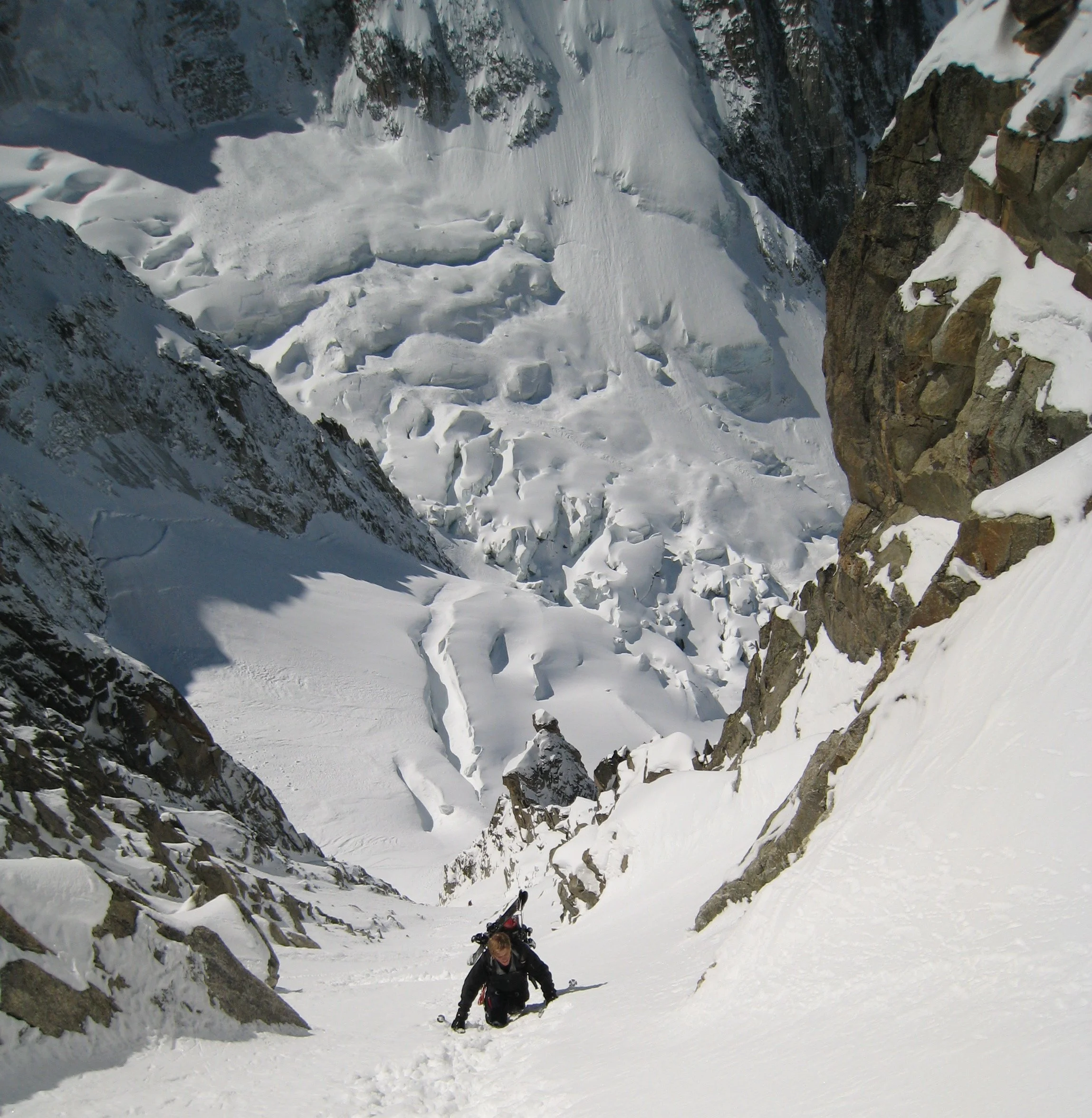Human Factor Traps: The Psychology of Avalanche Risk
Simon Bantugan and Kai Driscoll demonstrating the rare art of not falling into human factor traps; proof that sometimes peer pressure, powder fever, and ‘just one more lap’ can actually be resisted.
Photo: Reilly Kaczmarek
This blog post is a recapitulation of our All Aspects podcast episode on Human Factor Traps; listen to the full podcast episode here
When we think about avalanches, the first things that come to mind are snow, weather, and terrain. But the truth is, most avalanche accidents aren’t caused by snowpack alone—they’re caused by us.
That’s where human factor traps come in. They’re the mental shortcuts, or “stupid human tricks,” that we rely on when we’re cold, tired, or just really stoked to ski powder. They feel logical in the moment, but they often push us into bad decisions with big consequences.
In fact, research shows that 9 out of 10 avalanche fatalities involve human factor traps.
So what are they? Let’s break it down.
The Six Classic Traps (F.A.C.E.T.S.)
About 20 years ago, avalanche researcher Ian McCammon identified six common psychological traps that skiers and riders fall into. To make them easier to remember, he used the acronym FACETS:
Familiarity – “I’ve skied this slope a hundred times, it never slides.”
Past experience doesn’t guarantee safety in current conditions.Acceptance – “Everyone else is sending it, I don’t want to be the downer.”
We want to fit in, even if it means ignoring red flags.Commitment – “We’ve planned this hut trip for months, we have to go.”
Sunk costs (time, money, effort) keep us charging forward, even when conditions say stop.Expert Halo – “She’s the most experienced in the group, she must be right.”
Trusting “the expert” blindly can lead to groupthink, and even experts are fallible.Tracks / Social Proof – “There are already a dozen tracks, it must be safe.”
Just because no one has triggered it yet doesn’t mean you won’t.Scarcity – “This is the only powder day all season—we can’t miss it.”
Powder fever clouds judgment, especially in lean snow years with weak layers.
Why We Fall for Them
These traps work because they’re fast and easy. When you’re standing at the top of a tempting line, your brain takes shortcuts:
It looks for social cues (“Others did it, so it must be fine”).
It leans on memory (“I’ve skied this before, no problem”).
It rationalizes risk (“This is my one chance”).
In daily life, shortcuts like these aren’t a big deal. Pick the wrong restaurant? No harm done. But in avalanche terrain, they can be deadly.
Intuition: Use It the Right Way
There’s one exception: your gut. If something feels wrong, listen to it. Intuition can be a powerful signal to step back or reassess.
But if your gut tells you, “I feel good about this line,”—stop. That’s not intuition. That’s dopamine talking.
How to Push Back on Traps
So how do we fight back against these very human mistakes?
Name the trap. If you can identify it, you can step out of it.
Ask “why” (at least three times). Digging deeper often reveals shaky reasoning.
Slow down. Most traps thrive in rushed, high-energy moments.
Lean on objective tools. Feelings aren’t facts.
That’s why we built AspectAvy. It gives you instant feedback on avalanche risk zones—clear, objective data that doesn’t care how many tracks are on a slope or how badly you want a powder day. Think of it as the antidote to human factor traps.
Freeride Freddy skinning toward the Brèche Puiseux under the shadow of the Dent de Géant
Final Thought
Human factor traps aren’t a sign of weakness. They’re a sign of being human. Every skier and rider is vulnerable to them—whether it’s your first season in the backcountry or your 30th.
The key isn’t pretending we’re immune. It’s recognizing the traps, calling them out, and using the right tools and systems to avoid them.
Because avalanches don’t care how experienced you are, how long you’ve planned your trip, or how badly you want fresh tracks.
And when it comes to coming home safe, that’s the only factor that matters.
Test your Knowledge: Human Factor Traps
What percentage of avalanche deaths are attributed to human factor traps?
Studies show that around 90% of avalanche fatalities involve human factor traps—meaning the snow wasn’t the only problem, our decision-making was.
What are the 6 classic human factor traps?
The six traps, known as FACETS, are:
Familiarity
Acceptance
Commitment
Expert Halo
Tracks (a.k.a. Social Proof)
Scarcity
What human factor traps do you fall prey to?
Everyone has blind spots. Some people chase powder at all costs (scarcity), some lean on their past experiences (familiarity), and some trust the “expert” too much (halo). The important thing is noticing which ones hook you.
What human factor traps do your partners fall prey to?
Chances are, your partners fall for different traps than you do. One person might push for the plan no matter what (commitment), while another doesn’t want to be the odd one out (acceptance). Talking openly about this before you head out can keep your group from stacking mistakes.


